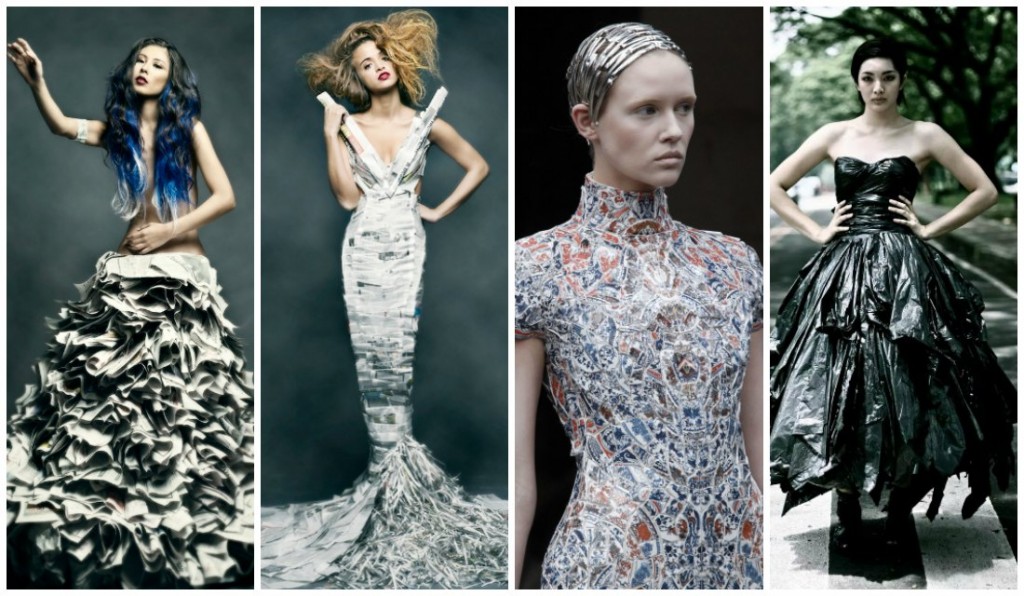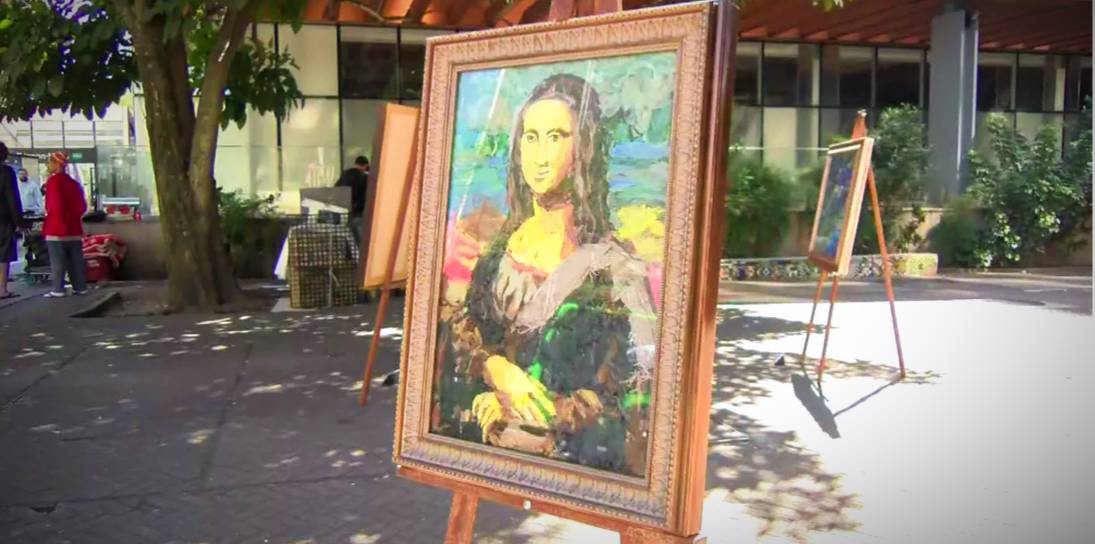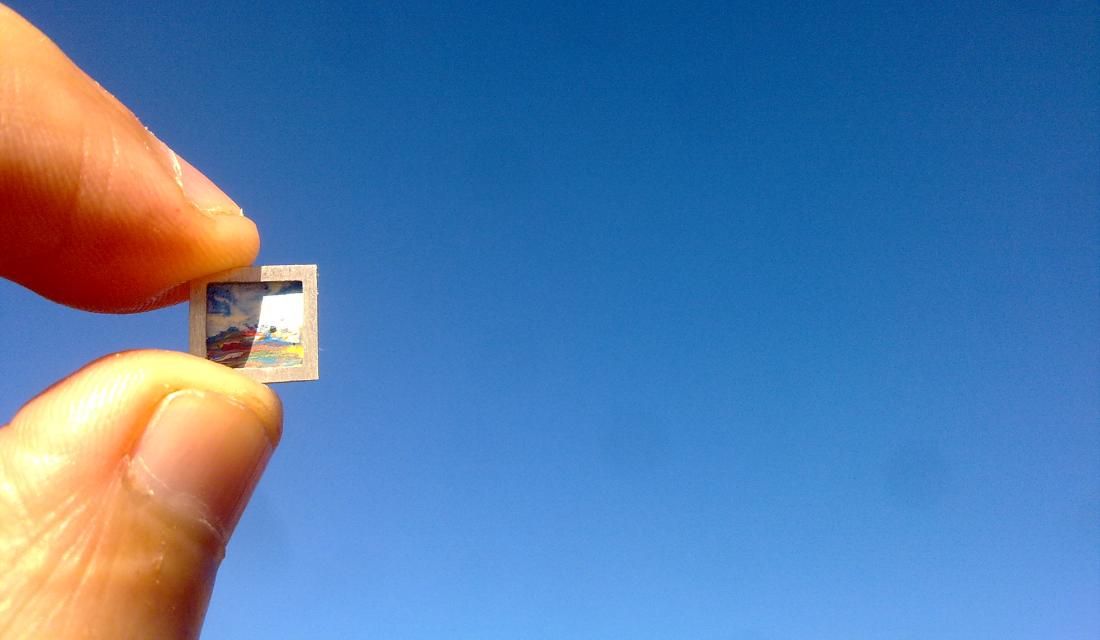Anúncios
Haute couture has always been associated with luxury, exclusivity and innovation. However, a new trend in this segment is gaining prominence: sustainable fashion. Whether they are a hit on the catwalk or have practical applications in everyday life, recycled clothing plays a crucial role in raising awareness about the problem of urban waste. This movement not only redefines aesthetic standards, but also challenges the industry to reconsider its environmental impact.

The Connection Between Haute Couture and Recycling
Designer Nancy Judd is a pioneer in the use of recycled materials to create haute couture pieces that stand out for their originality and purpose. Judd uses trash as the raw material for her “Recycled Runway” collection, which is presented in airports, classrooms, and other alternative spaces throughout the United States. By transforming what is discarded into something elegant and innovative, she provokes deep reflection on waste and sustainability.
Judd started the Recycled Runway in 2007 with the goal of combining fashion with environmental education. Her creations are more than just garments; each piece is a unique piece of art that can take anywhere from 100 to 450 hours to create. These couture gowns, made from recycled materials, are designed to last at least 100 years, symbolizing the durability that fashion can achieve when it combines recycling.
Haute Couture as a Tool for Environmental Awareness
Nancy Judd grew up in Portland, Oregon, where she became interested in sewing and design at a young age. However, her aversion to the traditional fashion industry, due to its contribution to waste and social justice issues, led her away from that path. Instead, Judd chose to use her skills to promote recycling through high fashion. Her innovative approach gained so much attention that she even turned down a spot on the hit reality show “Project Runway,” preferring to focus on her own design.
Judd’s work demonstrates how haute couture can go beyond luxury and serve as a powerful tool for environmental awareness. By repurposing materials such as soda cans, old cassette tapes, and even old mail, she creates dresses that not only delight the public, but also send an important message about the need to rethink our consumption habits.
Examples of Sustainable Creations in Haute Couture
Nancy Judd’s creations are an example of how haute couture can incorporate recycling in a striking and visually appealing way. Each piece is designed to be a unique work of art, with a strong aesthetic appeal and a clear environmental message. Some of her most notable creations include:
- Dress Recycled from Old Cassette Tapes: A perfect example of how obsolete materials can be transformed into something new and sophisticated. This dress symbolizes the fusion between outdated technology and modern design.
- Dress Made with Rusty Screws: A piece that challenges the conventions of haute couture by using unconventional materials, creating a unique and provocative aesthetic.
- Broken Glass Dress: A true visual spectacle, this dress uses fragments of glass to create a couture piece that shines with intensity while making a powerful statement about recycling.
- Dressed in Discarded Folders and Advertisements: By reusing materials that would normally be thrown away, Judd transforms the disposable into something worthy of a haute couture runway, emphasizing the importance of reuse.
These examples demonstrate how haute couture can be a vehicle for recycling, while also challenging public perceptions of what is considered waste.
Impact of Recycled Couture on Society
Nancy Judd’s approach not only redefines haute couture, but also influences how society views recycling. Fashion, as such a powerful cultural expression, has the potential to shape attitudes and behaviors. When haute couture embraces recycling as part of its ethos, it sends a clear message: luxury and sustainability can coexist.
By exhibiting her creations in unconventional locations, such as airports and schools, Judd is able to reach a diverse audience that is often unfamiliar with the concept of haute couture. This broadens the reach of her message and raises awareness about the importance of recycling. Each piece in her collection is not only a demonstration of artistic skill, but also a visual reminder of the impact that waste can have on our planet.
The Future of Haute Couture and Recycling
Nancy Judd’s work points to a future where couture and upcycling are not just passing trends, but essential components of a new vision of fashion. As environmental awareness grows, expect more designers to follow Judd’s lead by incorporating recycled materials into their collections and challenging traditional fashion industry norms.
Furthermore, the growing demand for sustainable fashion suggests that consumers are increasingly willing to support brands and designers that commit to ethical and eco-friendly practices. This means that recycled couture not only has a place on the runway, but also in the wardrobes of a conscious and engaged audience.
The recycled couture movement also opens the door to technological innovations in the clothing creation process. New methods of recycling fabrics and using non-traditional materials are constantly being developed, which could lead to a revolution in the way clothes are produced and consumed.
Recycling in Fashion and its Impact on the Planet
Recycling in fashion, especially when applied to high fashion, has a significant impact on reducing waste and promoting more sustainable practices. The fashion industry is one of the most polluting in the world, and initiatives like Nancy Judd’s Recycled Runway offer a viable and inspiring alternative. By transforming waste into luxury, Judd not only creates stunning garments, but also makes a powerful statement about the urgent need for change in the way we view and use resources.
With the growing environmental crisis, upcycling in haute couture represents a ray of hope, showing that it is possible to create beauty and value from what has been discarded. This not only benefits the environment, but also redefines the concept of luxury, placing sustainability at the heart of fashion.
Haute couture and recycling Fashion and fashion may seem worlds apart, but as Nancy Judd’s work demonstrates, they can come together in unexpected and transformative ways. The Recycled Runway is a shining example of how fashion can be used to educate, inspire and promote a more sustainable future for all. As we continue to address global environmental challenges, integrating recycling into haute couture could be one way to create a world where luxury and environmental responsibility go hand in hand.
Learn how to make other arts by recycling, Click here.
Check out interesting facts about recycling clicking here.




